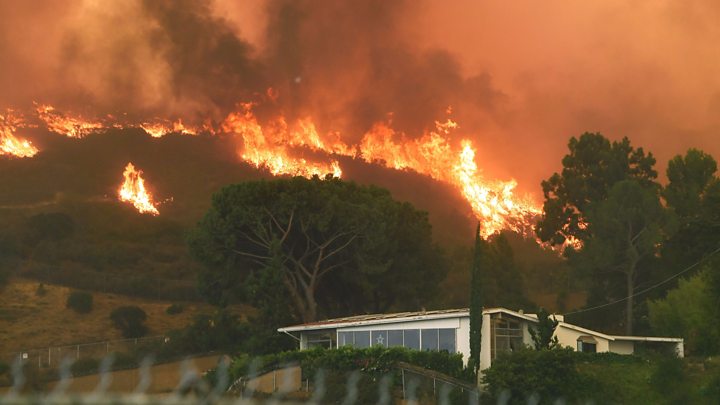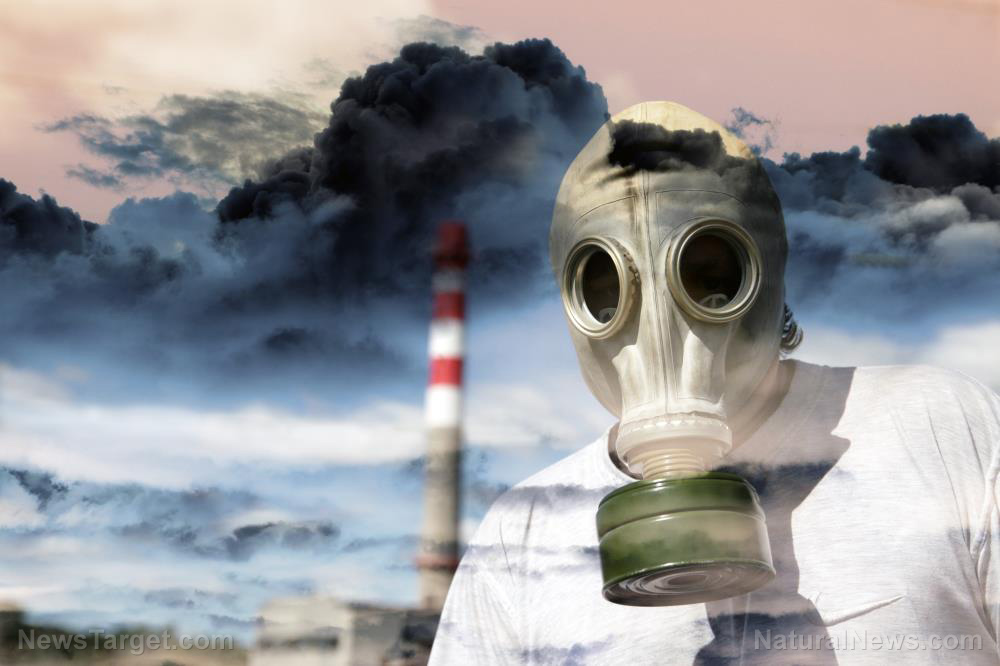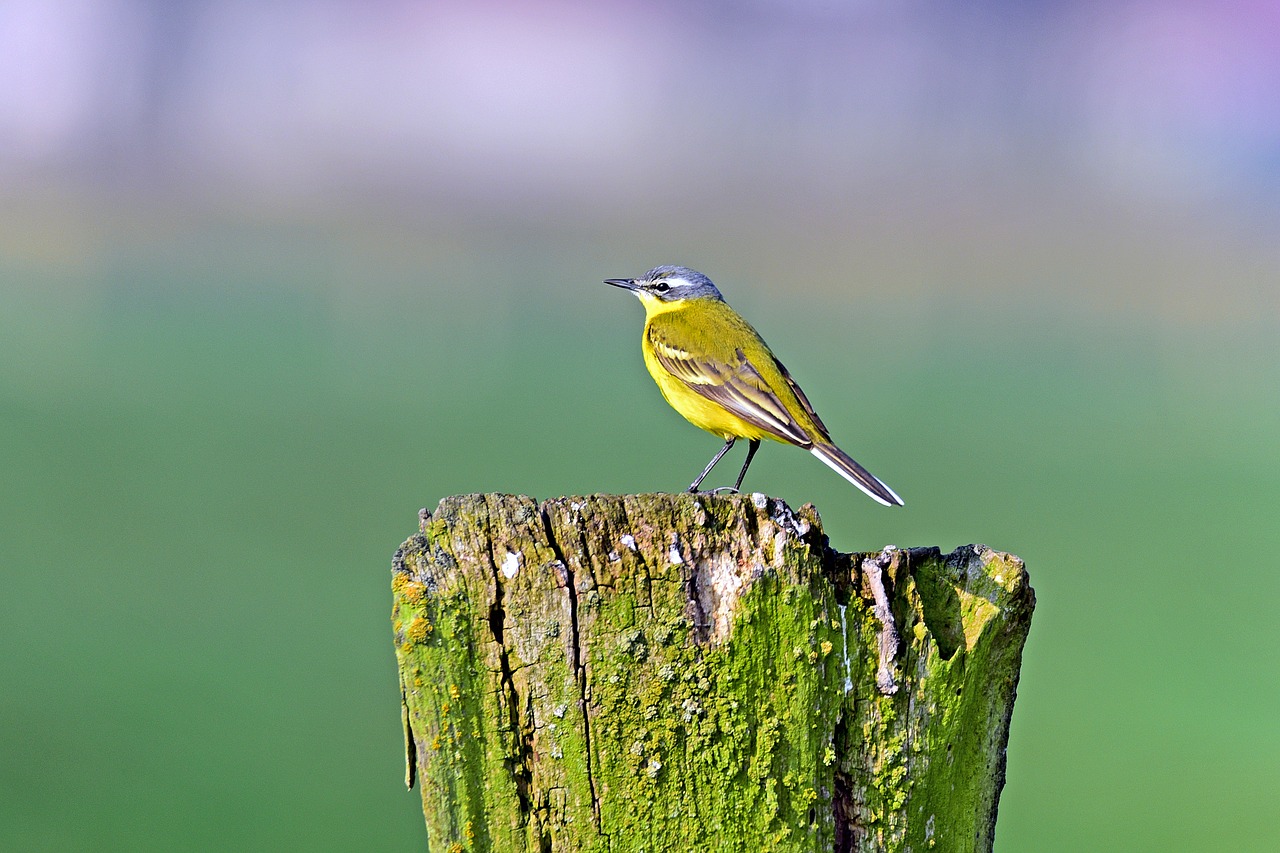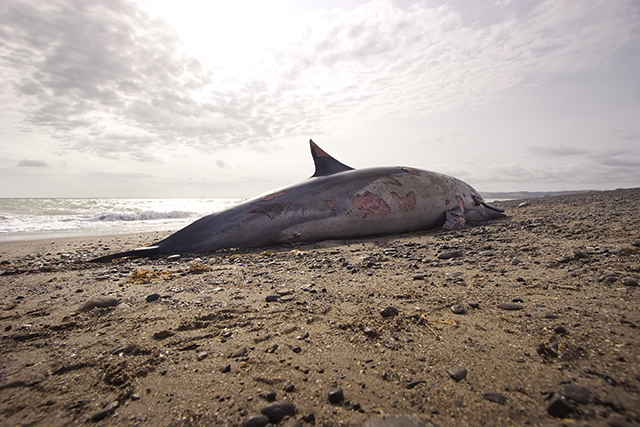Firefighters and responders brace for more fires spreading across California
08/26/2020 / By Divina Ramirez
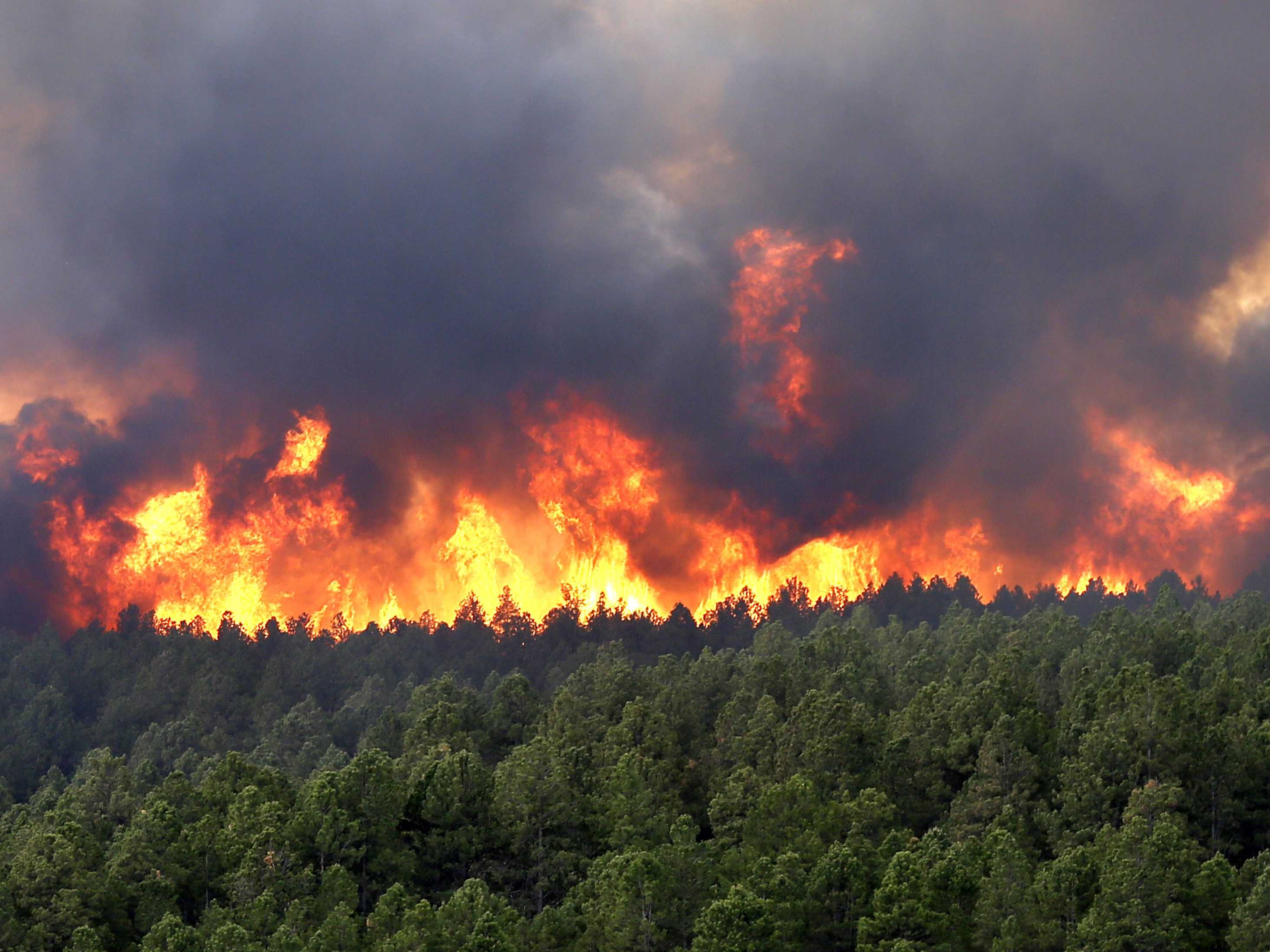
Wildfires across California continued burning, killing five people, injuring at least nine and decimating almost 900 structures as of last count, according to a recent report by The Wall Street Journal.
Since the lightning strikes that started on August 15, there have been more than 615 wildfires across the state, which have now burned more than 1.1 million acres.
In comparison, wildfires in 2019 burned just 56,000 acres throughout California during the same time frame, an almost 2,000 percent increase.
But firefighters and responders from the California Department of Forestry and Fire Protection Agency (CAL FIRE) are still bracing themselves for more blazes due to strong gusts of wind and hot temperatures.
The National Weather Service (NWS) has also issued red flag warnings for much of the state’s northern region early Monday, August 24, as impending thunderstorms threaten to spark more fires and spread existing ones.
Thunderstorms bring little precipitation, and the potential lightning strikes could increase the likelihood of new fires starting, warned officials from NWS. The erratic gusts of wind could also make fires unpredictable.
“It’s going to take time to put this fire out,” said Shana Jones, a unit chief for CAL FIRE. Jones added that the sizes of this month’s fires are unlike those of other fires the state has seen in the past two decades.
Containing the flames
Over the weekend, firefighters fought to contain two of the state’s largest wildfires to date. Combined, the wildfires torched almost 700,000 acres across Northern California, more than twice the size of Los Angeles.
Nonetheless, firefighters had been able to make good progress on containing both wildfires thanks to a brief reprieve in the weather.
Early Monday, the fires in wine country were 22 percent contained. Meanwhile, the massive blaze in the Santa Cruz Mountains was 10 percent contained.
California Governor Gavin Newsom also addressed the state Monday to assure residents that authorities are utilizing all the resources at their disposal to contain the fires.
Nonetheless, Newsom emphasized that almost 300 lighting strikes that happened overnight had sparked 10 new fires, all of which could become a threat. This fire season is also the most active to date, he added.
State authorities had sent for additional firefighters and fire trucks from states as far off as Kansas to help contain the ongoing blazes. (Related: Thousands forced to evacuate as wildfires blaze across California.)
Higher temperatures lead to longer fire seasons
The 2020 fire season has produced the most fires to date, recording more than 6,700 fires so far compared to the 4,007 fires of 2019.
Experts have also noted that California’s current fire season is now more than two months longer than it used to be four decades ago.
In addition, records indicate that California has seen 10 of its most destructive fires, seven of its largest and five of its deadliest over the last decade.
But there is little to no doubt about the cause of the fires. California had been in the middle of a long and intense heatwave even before the unusual summer thunderstorms cropped up.
The ongoing COVID-19 pandemic has also stalled the controlled burns of these forests as part of several wildfire-prevention projects.
Residents and local authorities alike had expressed concerns regarding social distancing among firefighters, responders and officials, and the possible health issues that could arise from exposure to the smoke.
In addition, the economic fallout of the pandemic has led to budget cuts that further stalled the state’s wildfire-prevention projects.
Experts think that these factors contributed to the rapid spread of the fires. “There’s no simple problem and no simple answer,” said Max Moritz, a fire specialist from the University of California Santa Barbara. “It’s all of these things mixed together.”
Read more articles about the ongoing California wildfire situation at ClimateScienceNews.com.
Sources include:
Tagged Under: current events, deforestation, disaster, environment, natural disasters, trees, wildfire, wildfires
RECENT NEWS & ARTICLES
COPYRIGHT © 2017 ENVIRON NEWS










